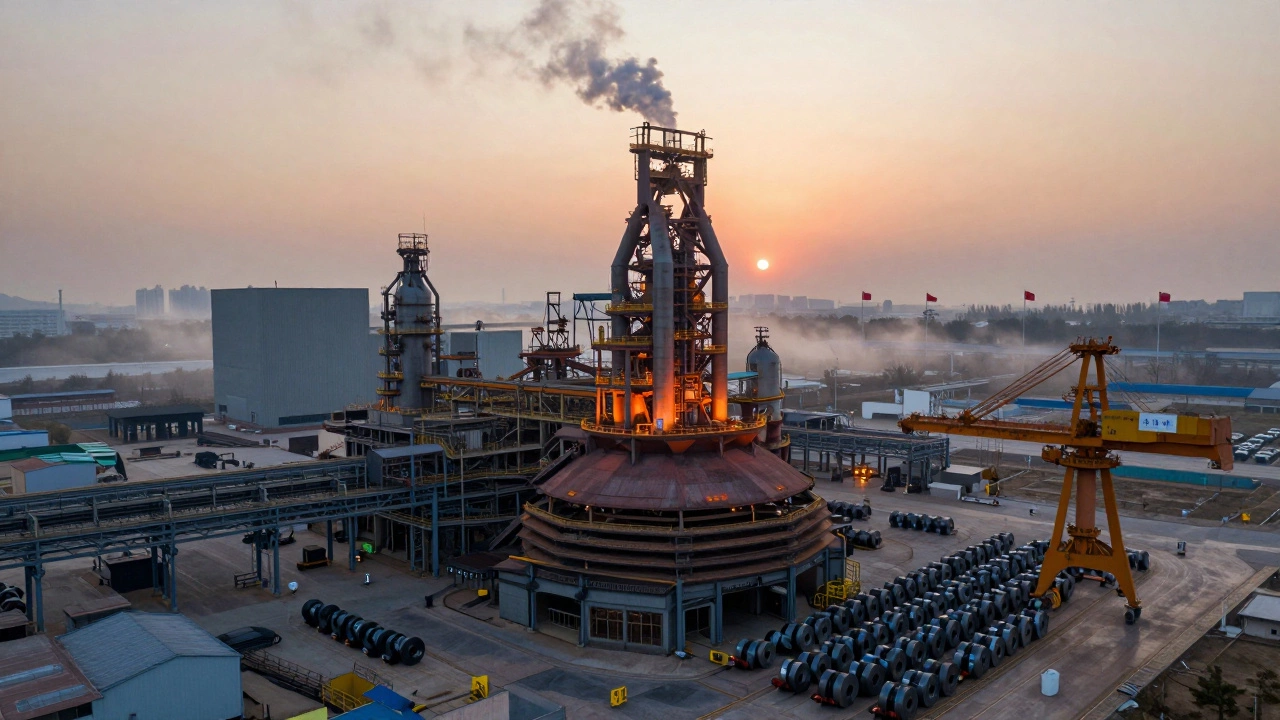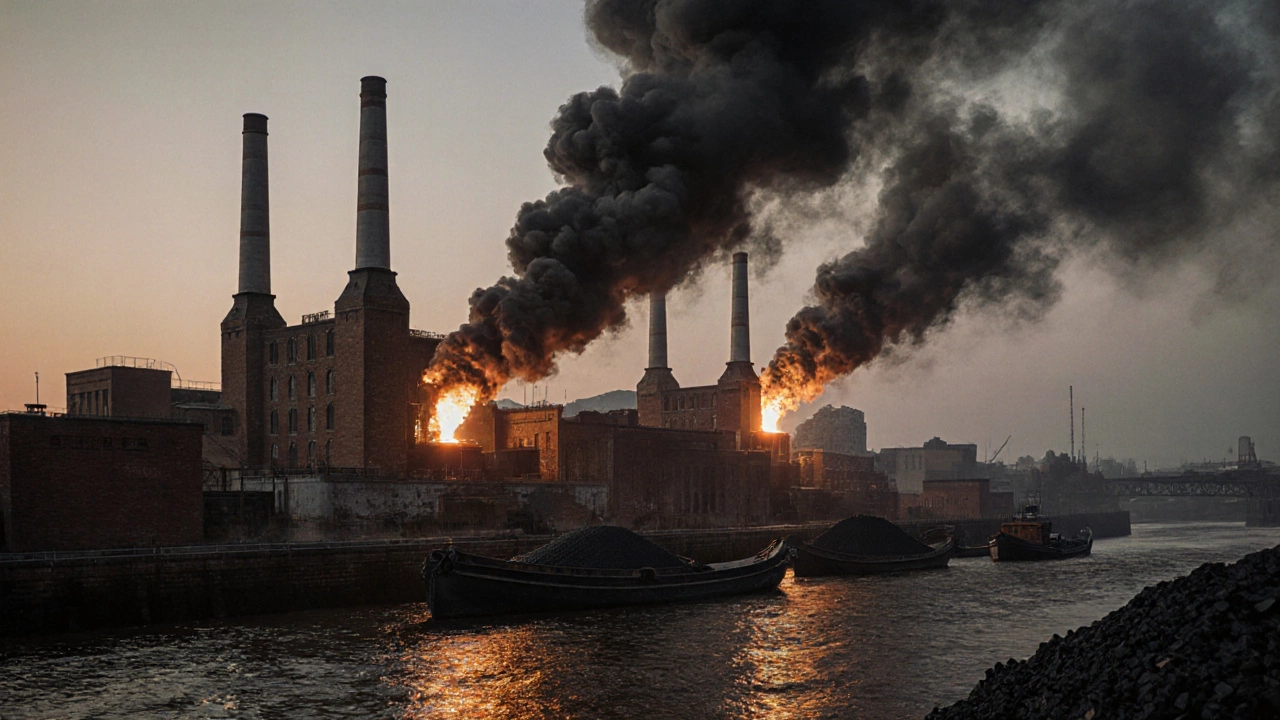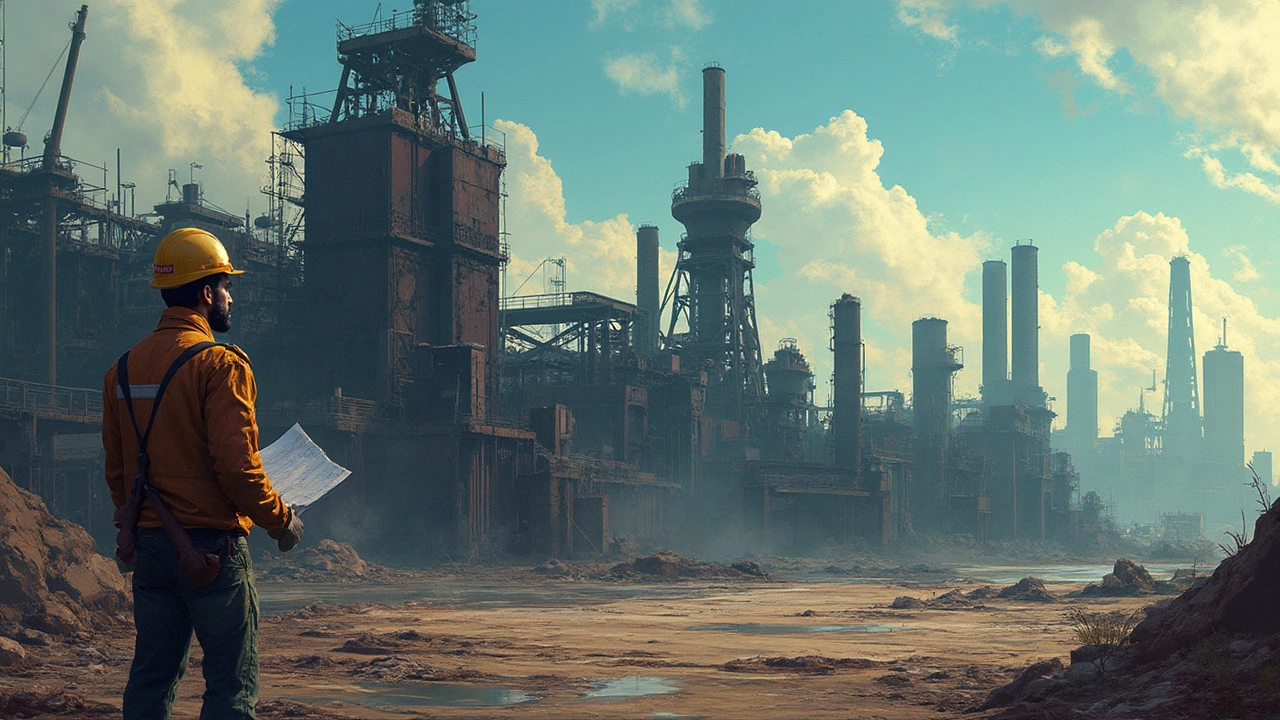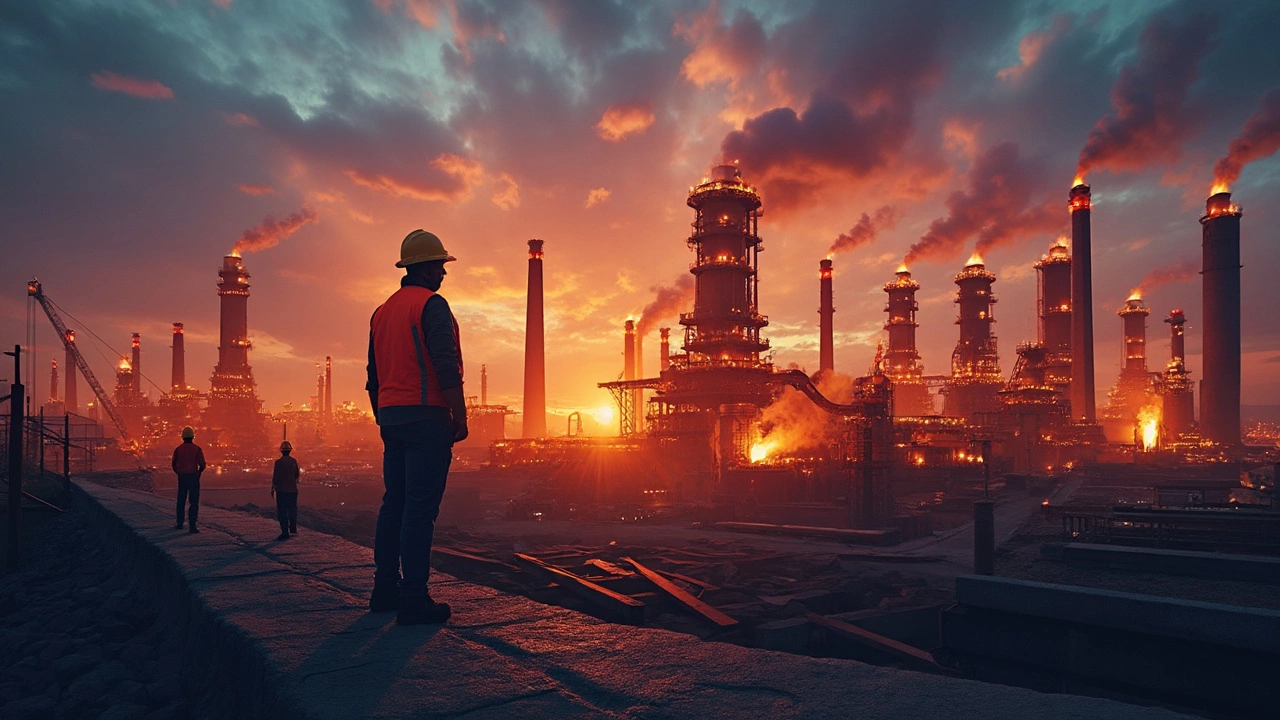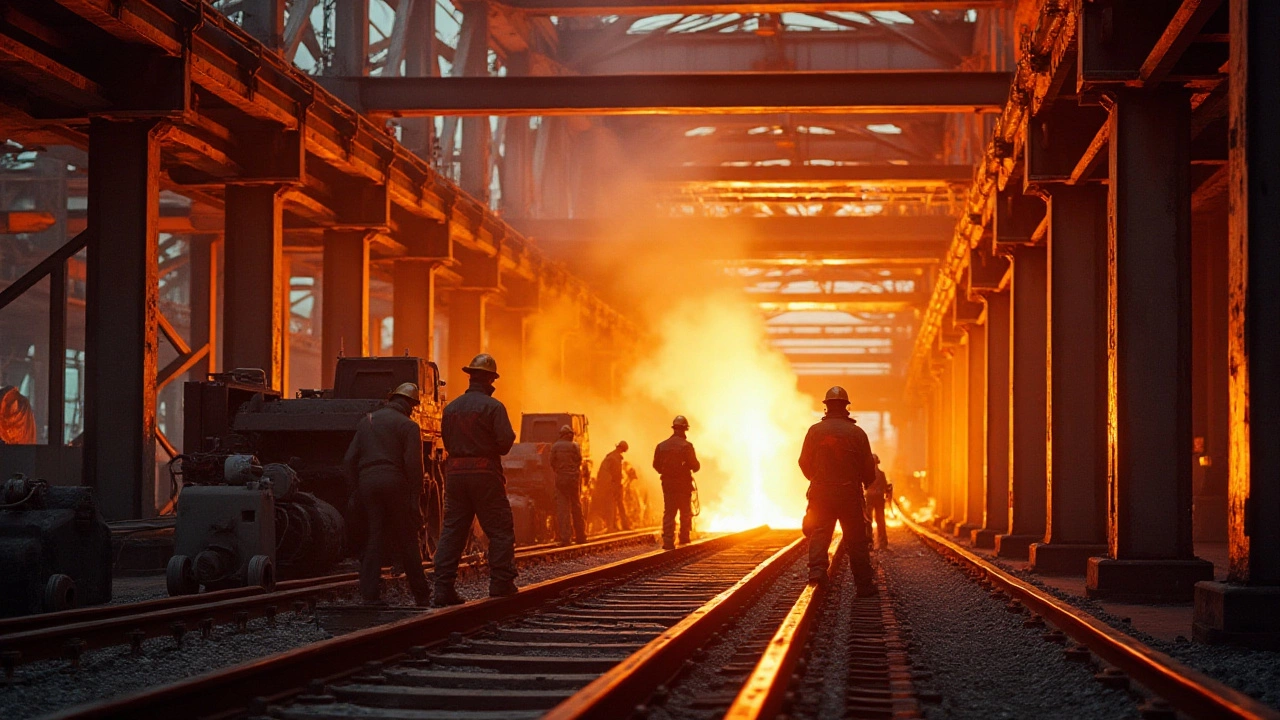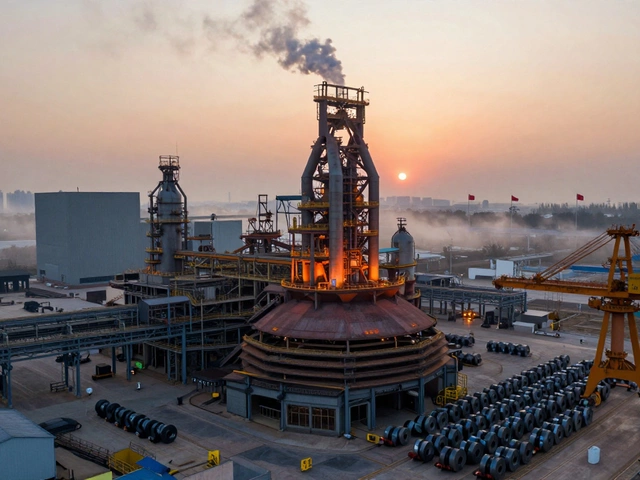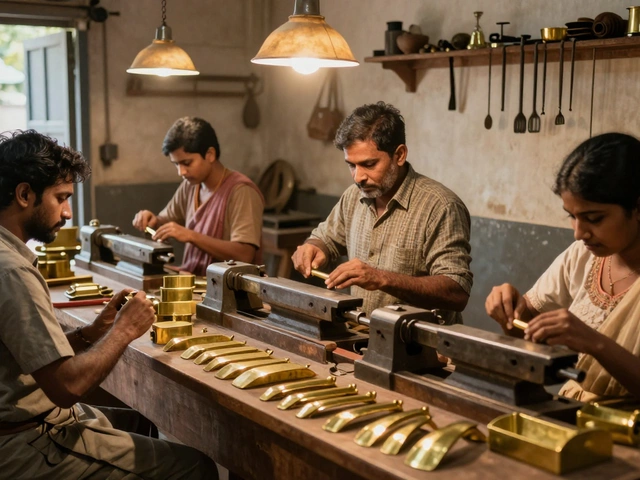Steel Manufacturing: What’s Shaping the Industry Today
Did you know the world produces over 1.8 billion tonnes of steel each year? That massive flow powers everything from cars to skyscrapers, and it’s moving faster than ever. Understanding the forces behind this change helps you stay ahead whether you run a plant, supply raw material, or just want to know where the next big steel story will come from.
Key Drivers of Modern Steel Production
First, geography has shifted. While the United States once dominated the market, today China, India and the EU together account for most of the output. Cheaper labor, abundant iron ore, and strong government support have turned Asian mills into the new powerhouses. This shift explains why headlines now focus on Chinese capacity expansions instead of the old Rust Belt factories.
Second, technology is rewriting the playbook. Electric‑arc furnaces (EAF) replace traditional blast furnaces in many plants because they use scrap metal and need less energy. Automation, robotics and AI now monitor temperature, flow and quality in real time, cutting waste and boosting yield. For Indian makers, companies like BK Allied bring these tools to local factories, helping them meet global standards without huge capital spends.
Third, sustainability is no longer a buzzword but a must‑have. Green steel – made with low‑carbon electricity or hydrogen instead of coal – is gaining traction as governments tighten emissions rules. Recycling steel scrap already saves up to 75 % of the energy needed for new steel, and many producers are setting targets to increase recycled content. The push for greener metal is creating new business models and opening up funding for eco‑friendly projects.
Challenges and Opportunities Ahead
Even with these advances, the industry faces real hurdles. Raw material prices, especially iron ore and coking coal, swing wildly with global demand and trade policies. Energy costs also bite, particularly for plants still reliant on coal‑based furnaces. Companies must balance price pressure with the need to invest in clean technology, a tricky act that can determine who survives the next decade.
Competition is heating up, too. Articles like “Who Owns the Biggest Steel Company?” reveal how giants such as ArcelorMittal shape market rules, while pieces on “America's Leading Steel Producers” show how U.S. firms are reinventing themselves with advanced alloys and specialized products. Watching these leaders gives clues about where niche markets—like high‑strength automotive steel—might grow.
Looking forward, two trends stand out. Hydrogen‑based direct reduction promises steel with near‑zero carbon, but scaling the process still needs massive infrastructure and cheap green hydrogen. Meanwhile, digital twins—virtual copies of physical plants—let operators test changes in a simulated environment, reducing downtime and saving money. Early adopters are already reporting better efficiency and faster response to market swings.
In short, steel manufacturing is a mix of old‑world heavy industry and cutting‑edge tech. Whether you’re a plant manager, a supplier, or just curious, keeping tabs on geography, technology, sustainability and policy will help you make sense of the fast‑changing landscape. Stay tuned to BK Allied for deeper dives into each of these topics and practical tips you can use right now.
Who Dominates the Steel Industry Today?
China Baowu, ArcelorMittal, and Hesteel dominate global steel production. Learn who controls the industry, how green steel is changing the game, and which countries are rising to challenge the leaders.
Read MoreWhich Country Produces the Highest‑Quality Steel?
Explore which countries deliver the highest‑quality steel, learn key quality metrics, compare top producers, and get a practical checklist for choosing the right steel supplier.
Read MorePittsburgh: The Steel Capital of the United States (And Why It Matters)
Pittsburgh, Pennsylvania is the steel capital of the United States due to its dominance in steel production from the 1870s to 1980s. The city produced 67% of America's steel at its peak, thanks to its access to coal, rivers, and innovators like Andrew Carnegie. Though mills closed in the 1980s, Pittsburgh's legacy as the steel capital endures through its cultural identity and ongoing steel industry presence.
Read MoreWhy Doesn't the US Make Steel Anymore? The Real Story Behind American Steel Manufacturing
This article breaks down why steel manufacturing in the US isn't what it used to be. We'll look at where the plants went, what replaced them, and how global markets changed the game. You'll see how shifts in technology, costs, and international competition shaped the steel industry. If you've ever wondered what happened to the American steel jobs, you'll get some straight answers here. Expect practical insights and real-life tips for anyone interested in how stuff gets made.
Read MoreWho Owns the Biggest Steel Company? The Real Story Behind Steel Manufacturing Giants
Curious who really owns the world’s biggest steel company? This article digs into the leadership, history, and surprising facts about the steel industry’s top player. You'll get a close look at the rise of ArcelorMittal, what makes its owner tick, and how this company shapes global manufacturing. If you’re interested in steel plant operations or business empires, this read is for you. Plus, we share tips for following trends in the ever-changing steel world.
Read MoreWhat US State is Known as Steel City?
Known as 'Steel City,' Pittsburgh in Pennsylvania has a rich history of steel manufacturing. At one point, this city produced more steel than any other place in the world. The steel industry shaped its economy, culture, and skyline. Today, though manufacturing has declined, the legacy of steel is embedded in Pittsburgh’s identity.
Read MoreAmerica's Leading Steel Producers: Top Companies Shaping the Industry
The United States is home to several significant steel companies that play key roles in the global steel market. This article explores the largest steel manufacturer in the U.S., providing insights into its operations and impact. We will delve into interesting facts about America’s steel producers, discuss the company’s influence on the economy, and highlight their innovative approaches to sustainable production. Readers will gain a clear understanding of how these companies shape the industry today.
Read More